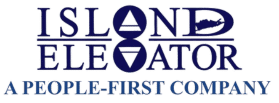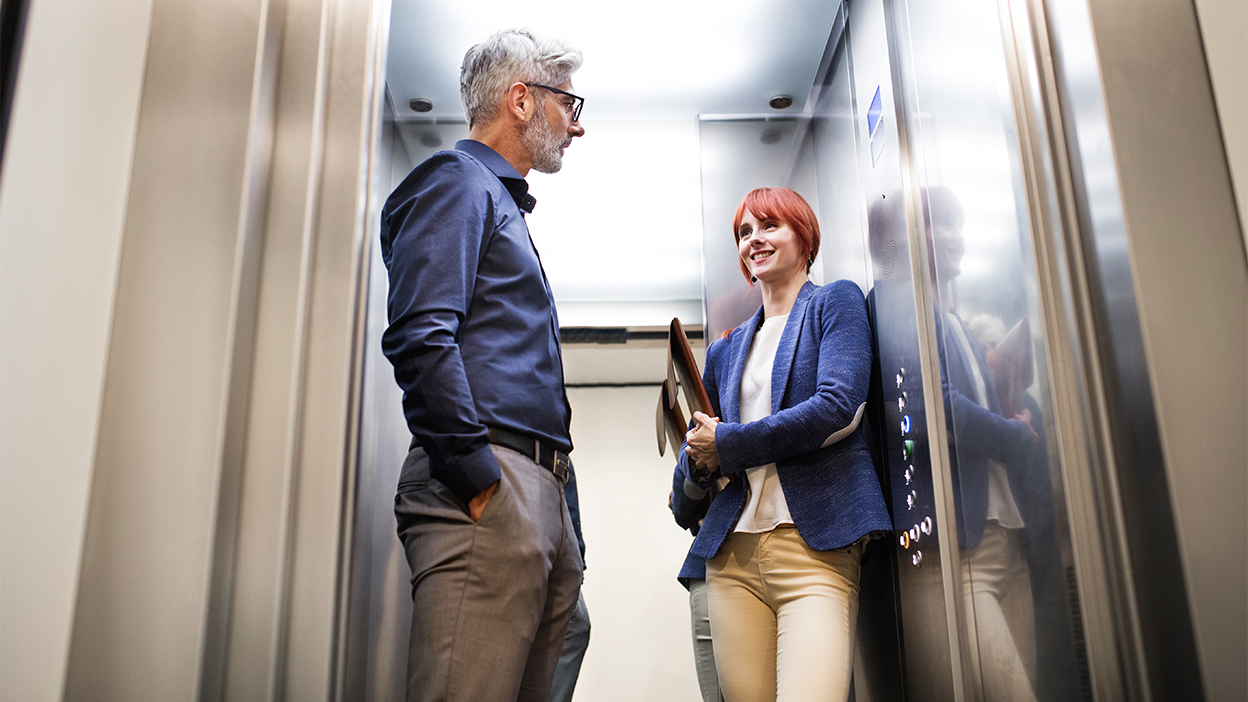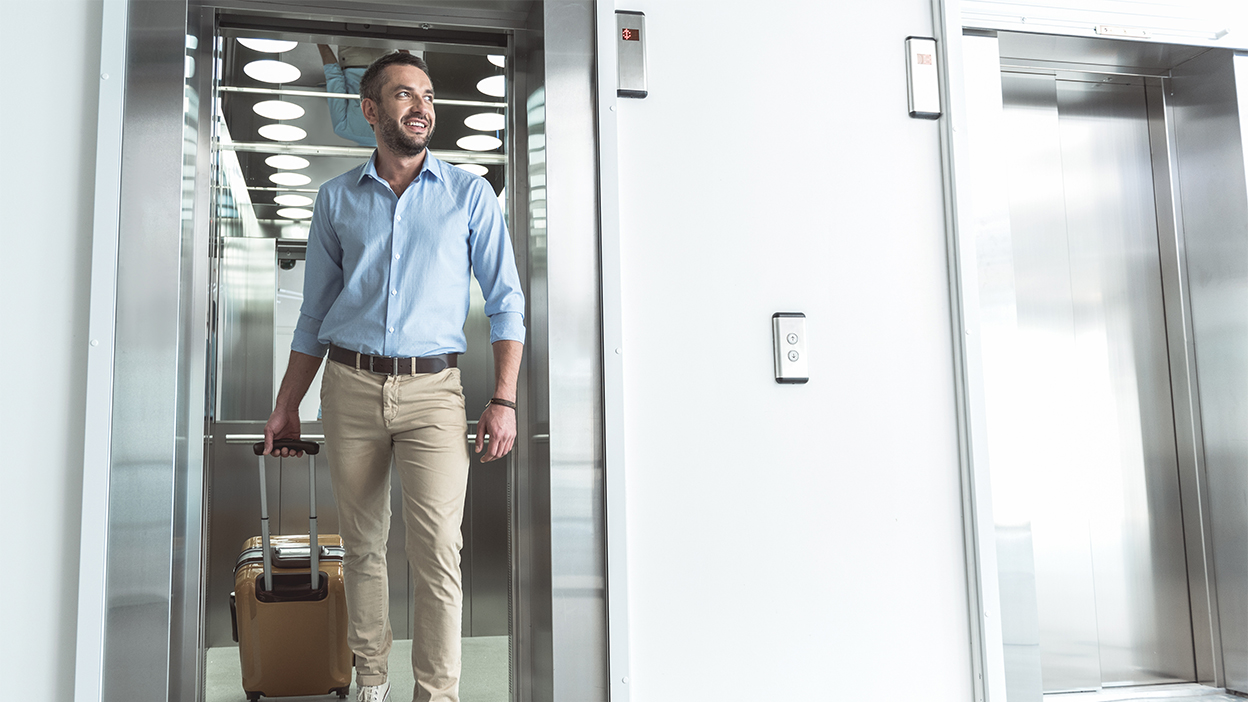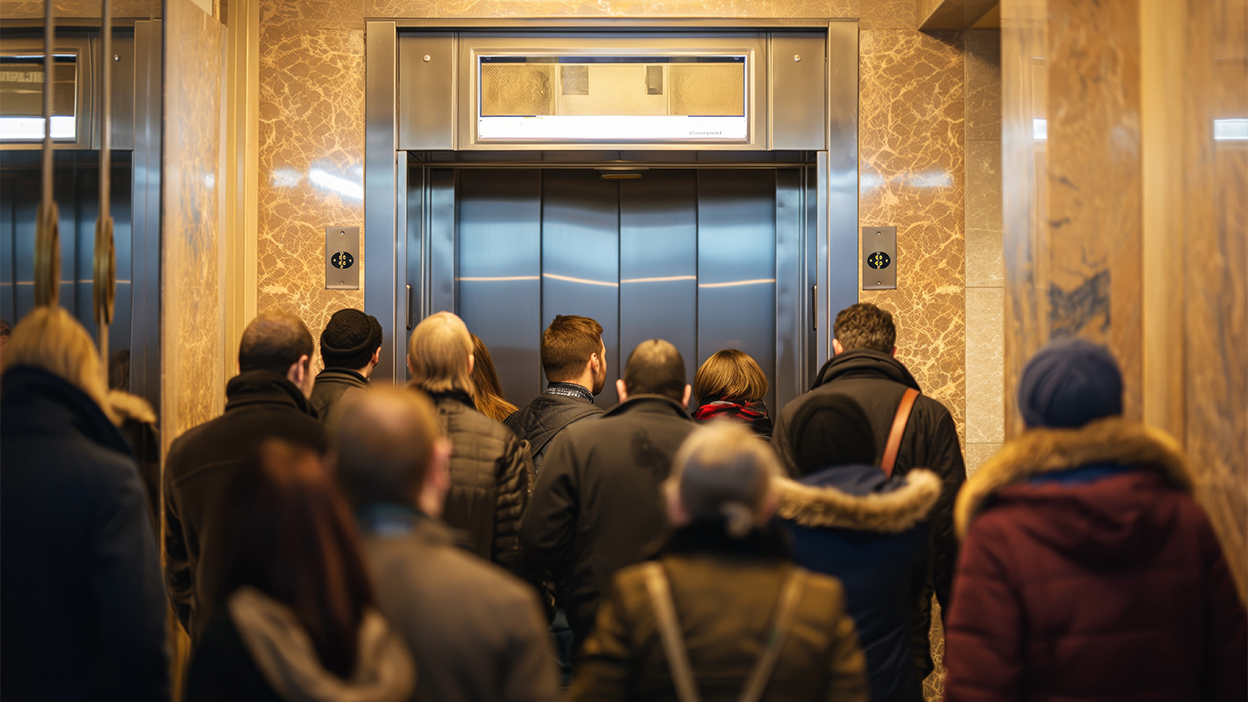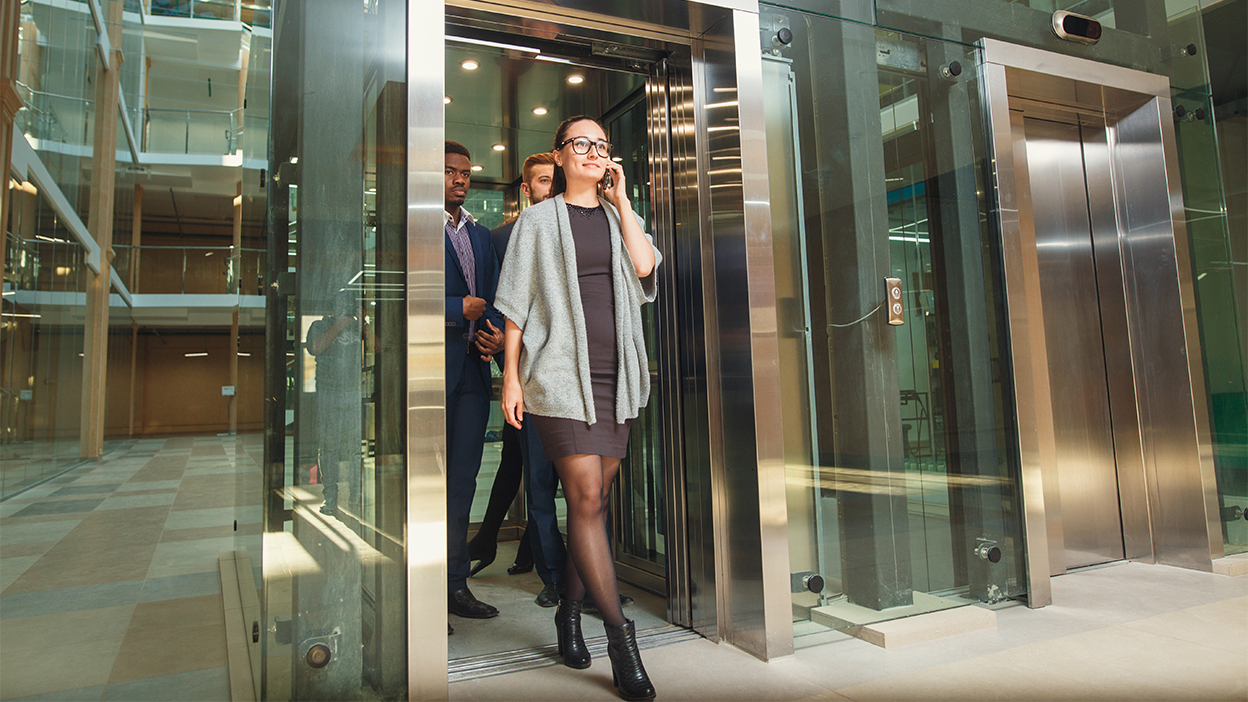Hydraulic elevators are a popular choice in low- to mid-rise buildings across Long Island, New York, thanks to their smooth performance and cost-effective installation. But like all mechanical systems, they require consistent maintenance to remain safe, reliable, and compliant with New York State elevator codes.
Whether you’re managing a residential complex or a commercial property, understanding what’s involved in maintaining a hydraulic elevator – and why it matters – is essential for protecting your investment.
Why Hydraulic Elevators Are Common on Long Island
Hydraulic elevators are ideal for buildings up to five or six stories. They use a fluid-powered piston system to raise and lower the elevator cab, offering:
- Smooth, quiet operation
- Lower installation costs compared to traction systems
- Easier maintenance access due to machine-room placement at the bottom of the shaft
They’re especially well-suited for many building types found in Nassau and Suffolk Counties, including medical offices, schools, apartment complexes, and retail properties.
What Makes Hydraulic Elevator Maintenance Unique?
Hydraulic systems have specific components that require routine inspection and care, such as:
- Hydraulic fluid levels and quality
- Pump units and valve assemblies
- Cylinder integrity (for leaks or wear)
- Piping and seals
- Manual lowering systems
- Emergency power and communication systems
If not properly maintained, these components can lead to slow performance, overheating, leaks, or even system failure, putting passengers and property at risk.
Maintenance Requirements Under New York State Law
New York State enforces safety codes based on the ASME A17.1 standard. For property owners on Long Island, this means your hydraulic elevator must undergo:
- Annual inspections by a licensed professional
- Scheduled preventative maintenance in accordance with manufacturer guidelines
- Prompt repairs of any deficiencies noted by inspectors
- Upgrades to meet ADA and safety compliance, especially in older systems
Island Elevator offers maintenance programs designed to keep your system fully compliant with state and local requirements so you can avoid violations and costly emergency repairs.
Benefits of Regular Maintenance for Hydraulic Elevators
Routine maintenance doesn’t just keep your elevator running, it helps your entire building operate more smoothly by:
- Reducing energy use and improving ride efficiency
- Extending the life of mechanical components
- Preventing downtime and emergency repair calls
- Supporting positive tenant and visitor experiences
- Ensuring compliance with New York State elevator regulations
Our Approach to Hydraulic Elevator Care
At Island Elevator, we specialize in servicing and maintaining hydraulic elevator systems across Long Island, New York. Our technicians are trained to identify early signs of wear, test safety-critical components, and ensure full code compliance. Whether your system is brand-new or decades old, we can tailor a plan that fits your building’s needs.
Keep Your Hydraulic Elevator – and Your Reputation – Running Smoothly
When tenants or customers rely on your elevator every day, dependable maintenance is non-negotiable. Island Elevator is here to help you protect your equipment, stay compliant, and avoid disruption.
Get in touch with our team today at 631-491-3392 or by completing this contact form to schedule a hydraulic elevator inspection or maintenance consultation for your Long Island property.
